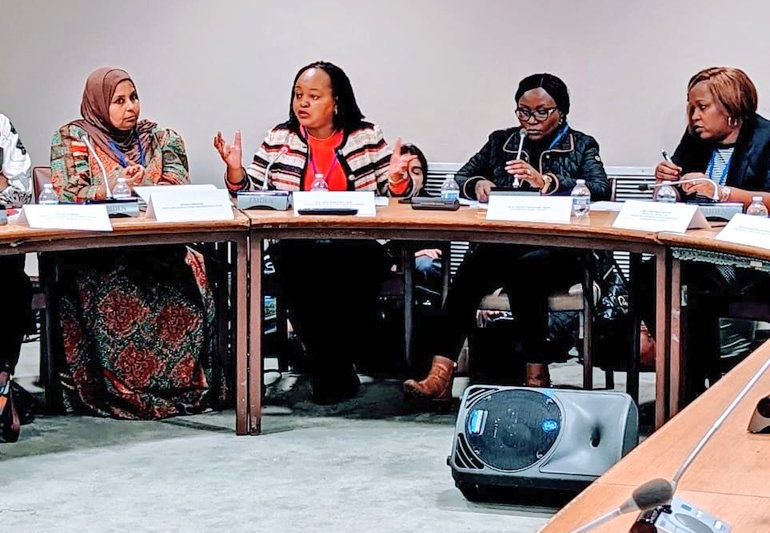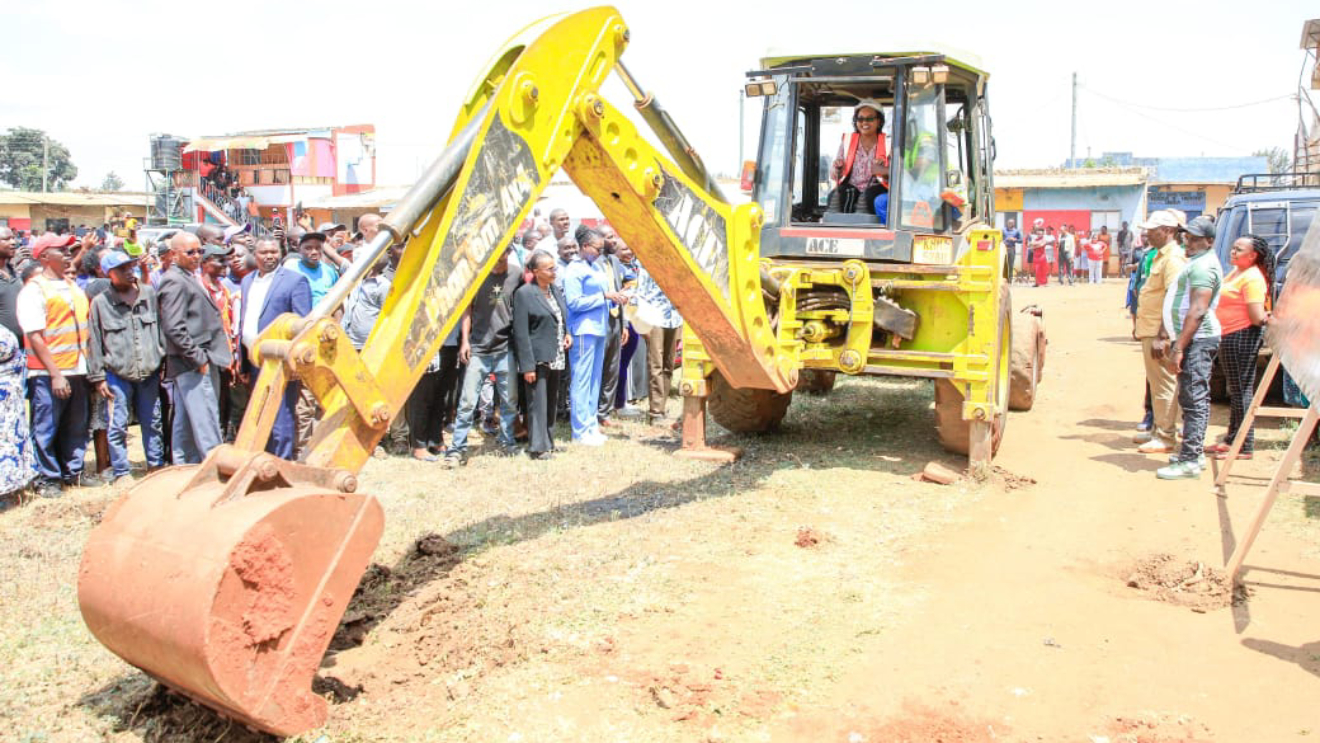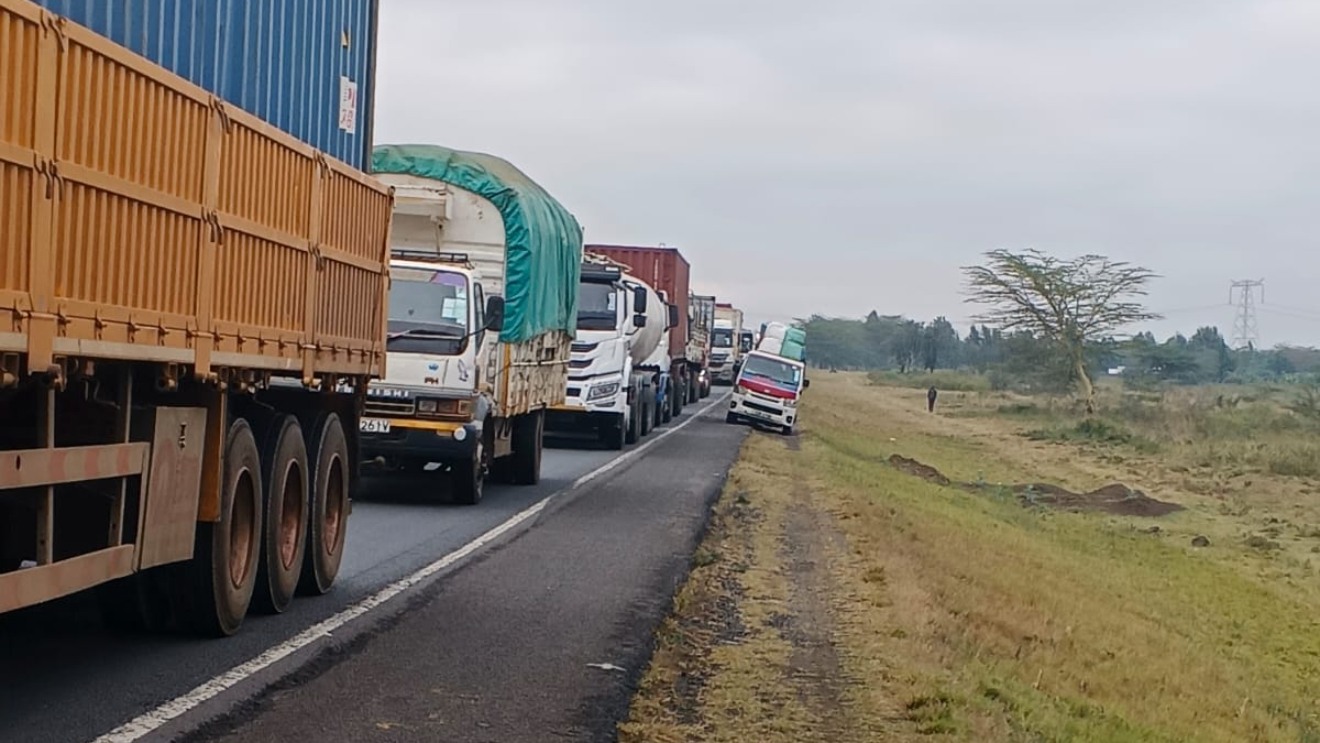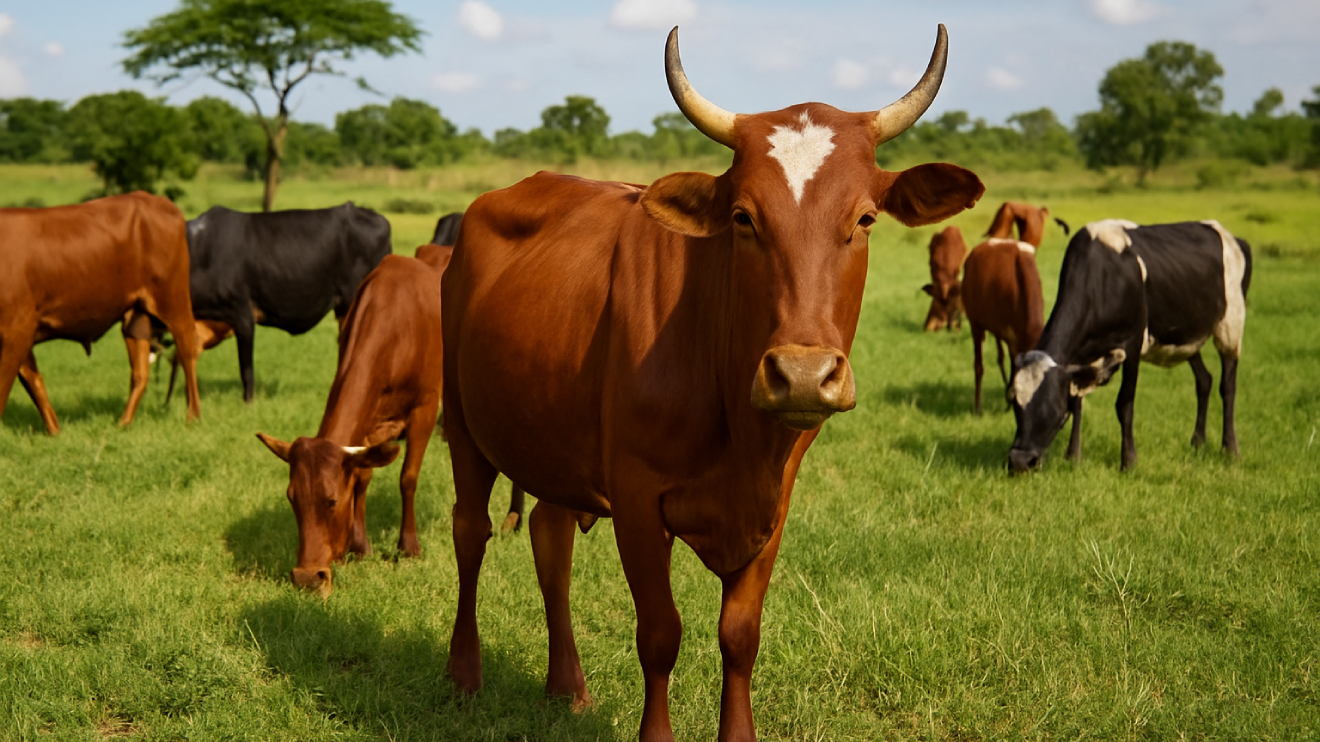Kirinyaga County Governor and Council of Governors Chair, Anne Waiguru revealed that county governments have made tremendous strides in enhancing food security through the adoption of modern technologies in agriculture.
Waiguru said that on Monday at a side event of the United Nations' 67th Session of the Commission on Status of Women (CSW) in New York.
She recognised that the value of agriculture is more pronounced in rural areas where it provides 70 per cent of employment, with small holder farming leading while women provide 70 per cent of the labor force doing the bulk of the work to produce, process and market the produce.
The governor said the devolved units are therefore helping women farmers to integrate innovative technologies in crop and livestock farming to boost food production and income.
Waiguru noted that through Agricultural Extension Officers, counties are training farmers on best farming practices to improve production and on value addition for their produce to fetch more money and to avoid food loss and waste.
Read More
Within the year, county governments reached out to 4,523,889 farmers with extension services, while pointing out the low use of extension services as one challenge facing the sector.
The CoG chairperson highlighted women’s plight, which includes limited education and household income despite the counties’ efforts to expand outreach to farmers.
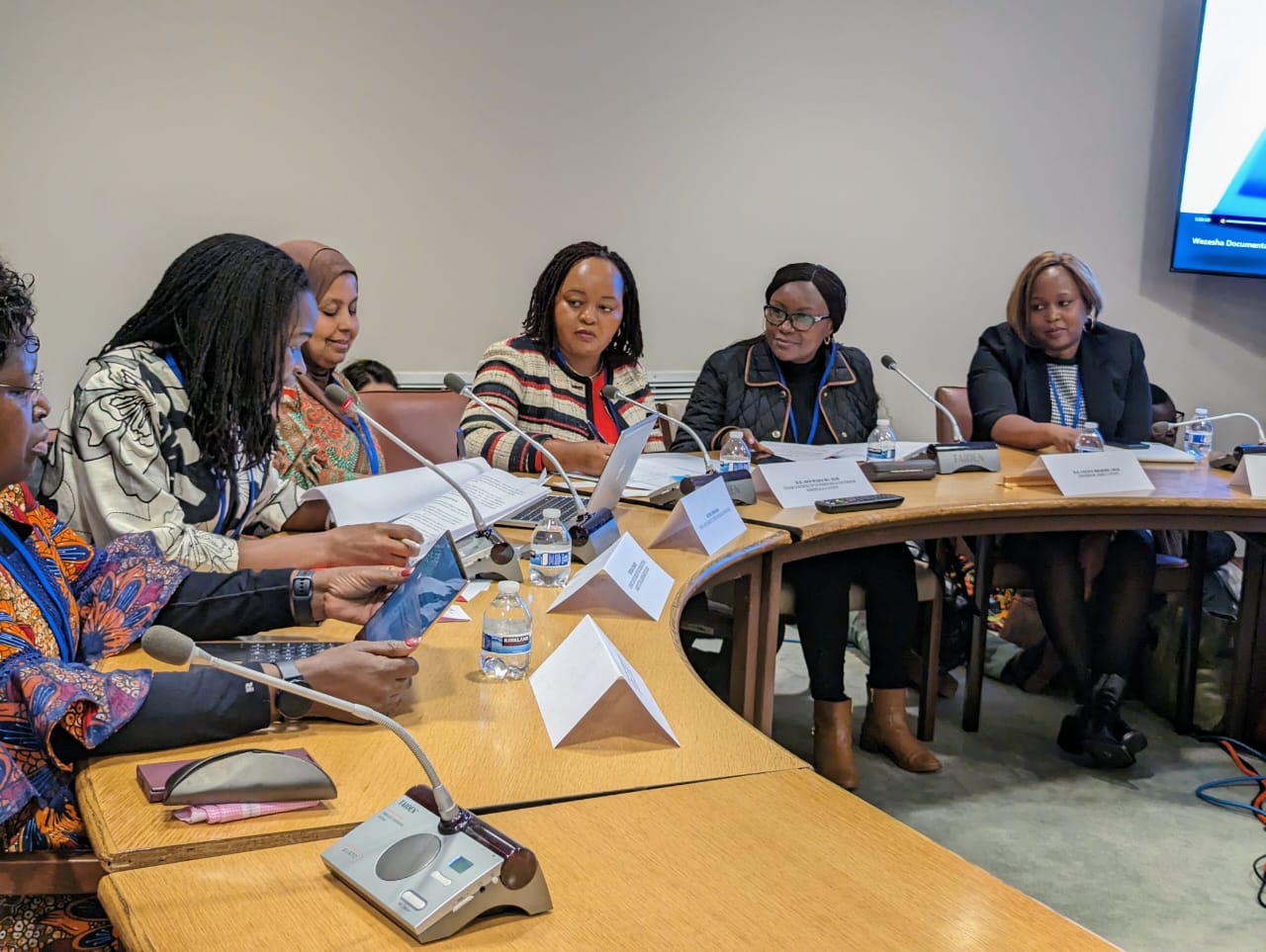
“Whereas county governments continue to expand outreach to farmers, rural women face barriers and constraints, including limited education, and low household incomes,” Waiguru said.
Counties are now exploring the use of digital extension services to overcome some of these gender-nuanced challenges.
Waiguru said that the counties' approach to developing the agriculture sector has now been focused on using technological innovations to address critical constraints faced by farmers over the last 10 years of devolution.
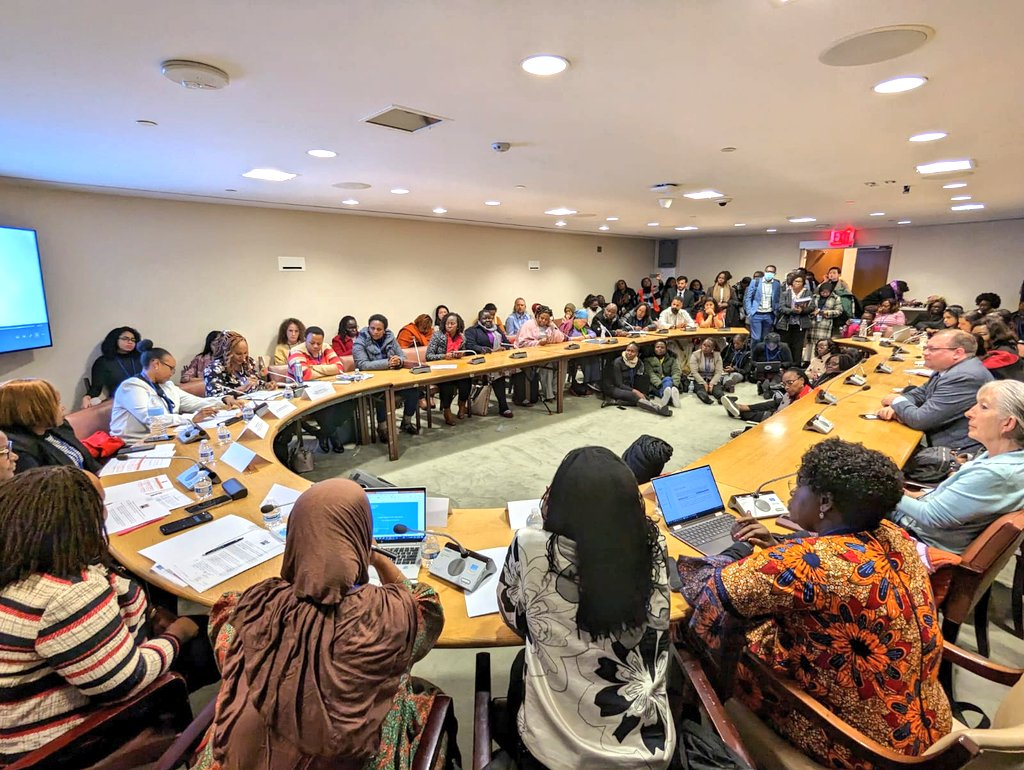
Towards accelerating food security, counties have invested in agricultural machinery with the additional purchase of 350 tractors operating in 29 agriculture mechanisation stations.
Waiguru also spoke about the development and commercialisation of the livestock sector in the country.
She said counties have procured 10,782,369 doses of various vaccines for livestock vaccination, conducted 369,788 subsidized Artificial Insemination (AI) services; procured 449,673 straws of semen, distributed 4,376 cattle, goats, and sheep breeding stock and installed 68 milk coolers.
“The county governments have also introduced commercial poultry farming by supporting farmers with 1,608,108 improved organic chicks and distributing close to 3 million fingerlings to support farmers to grow fish,” she said.
According to Waiguru, all these help farmers increase food production, tackle post-harvest losses and add value to their products. The Kirinyaga Governor disclosed that agriculture accounts for 22.4 per cent of nominal GDP in Kenya, making it a key employer, that absorbed over 1.6 million additional workers during the Covid-19 pandemic, increasing its share from 47 to 54 percent.
In the 2021/2022 financial year, the COG chair said that county governments allocated Sh35.5 billion of their budgets to the agriculture sector's development and in the wake of climate change and high demand for fruits on the global market, county governments distributed 643,686 assorted fruit tree seedlings.
“In appreciation of the importance of potatoes as a source of food, income, and employment, counties distributed 45 metric tons of potato vines. This is expected to go a long way in improving farmers’ incomes and increasing foreign exchange,” Waiguru said.

Waiguru also noted that counties distributed 66,718, 50kg bags of assorted subsidized fertilisers, 507,786 avocado seedlings, 401,000 coffee seedlings, 38,000 coconut seedlings, 46,400 tissue culture bananas and 2,090 irrigation kits.
She noticed that the area's constant mix of innovation in horticulture is attracting women and youth to the sector.
Counties are additionally assisting women with utilising cell phones and advanced applications like telephone applications, internet business sites, and other web-based stages to get markets for their agricultural produce.

